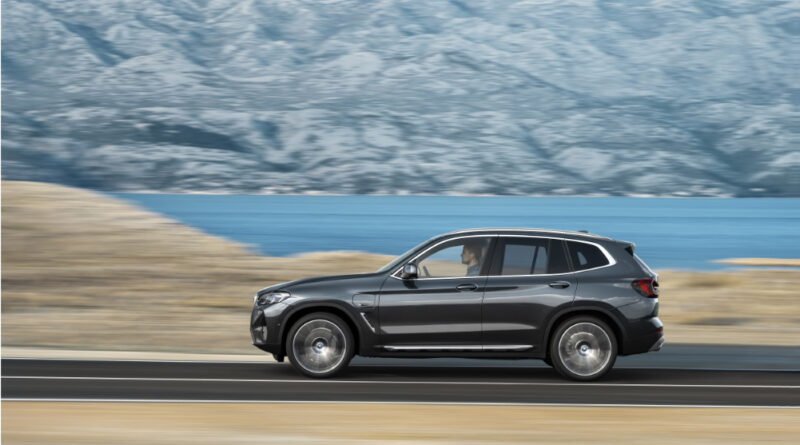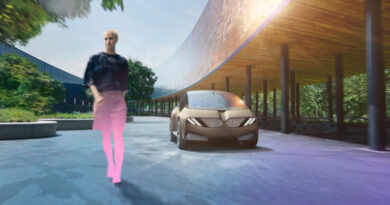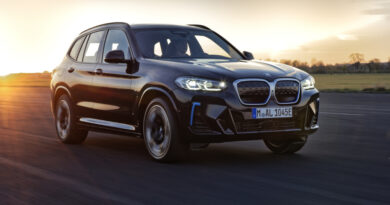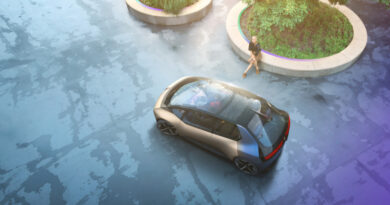Is plug-in hybrid technology a better solution than an EV for right now?
Produced in partnership with BMW
All-electric vehicles are the talk of the auto world at the moment, but the truth is that a clever plug-in hybrid electric vehicle might actually better suit your needs, and in the vast Australian landscape, pairing an EV driving mode with the ability to travel as far as you’d like without worrying about needing to recharge.
Call it the luxury of choice. For decades we’ve been able to pick the size, shape, performance and features of our vehicles, but only very recently have we had much say in exactly what would be powering them. Petrol or diesel, that was your lot.
But electrification has rapidly expanded our selection. Traditional internal combustion engines remain (for now…), while full battery-electric vehicles (BEVs) and plug-in hybrids (PHEVs) are now snowballing in popularity.
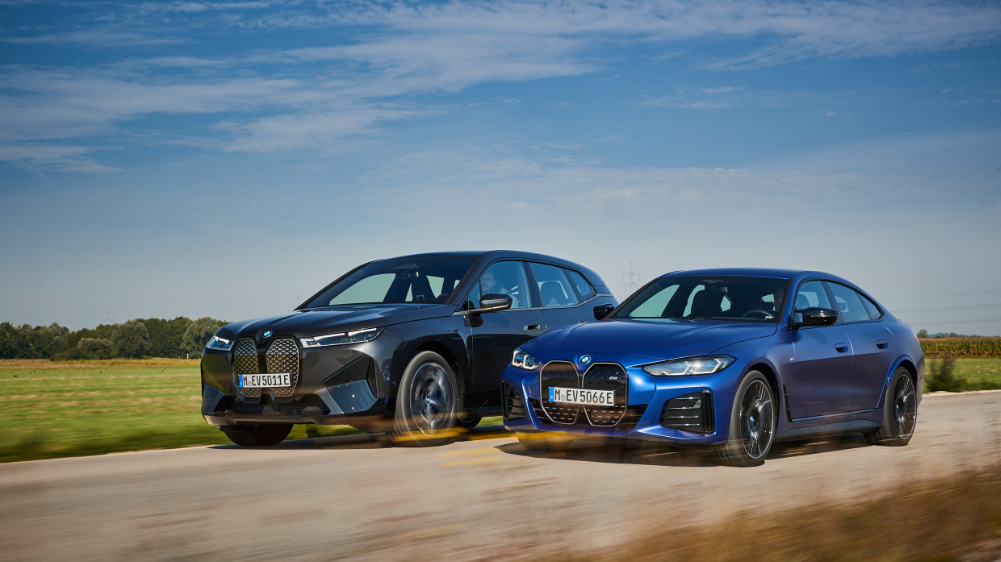
For BMW, PHEVs have become an integral part of its multi-drivetrain strategy. Australian showrooms now feature plug-in hybrid versions of the popular 3 Series, 5 Series, 7 Series, X3 and X5 models. And sales of BMW PHEV models doubled in 2021.
Here’s where BMW offers that luxury of choice. Take the 2022 BMW X3 SUV. It can be bought as a diesel, petrol, PHEV or full electric. This means the customer can select a technology to best suit their lifestyle and driving needs.
And for many Australians, a plug-in hybrid powertrain will be the ideal fit.
So what is a PHEV? Simply put, it’s a vehicle with an internal combustion engine, an electric motor as well as a battery that’s larger than you get on a regular hybrid. Thus the ability to offer the best of both worlds. Emissions-free electric driving for most of the time, but a petrol engine backup when you need it. A part-time electric car, if you will, and one with a theoretically limitless driving range, as you can simply refuel it on the road.

If you drive short distances – think of your daily commute, dropping the kids at school or getting the shopping – the electric motor silently propels you along with zero emissions. A BMW X3 xDrive30e PHEV, for example, can drive 46km using only its 12kWh battery. A BMW 530e meanwhile is good for 54km of pure electric mobility.
It’s worth pointing out here that the average Australian drives just 36km a day. That means almost all trips in a PHEV could be done without the petrol engine ever being used.
We say almost, because longer trips do happen. Whether it’s a weekend away, a cross-state journey or that long-awaited family road trip, it’s here that a plug-in hybrid reveals the trick up its sleeve.
For longer journeys, an X3 xDrive30e’s petrol engine is ready to fire into action. On top of the pure electric range, there’s another 700 kilometres on tap courtesy of the petrol engine’s 50-litre fuel tank. This flexibility to enjoy long journeys without needing to use an electric charger holds great appeal. No dreaded range anxiety.
Once your journeys are complete, a PHEV’s batteries are charged by simply plugging the vehicle in at your home, work or anywhere else there’s a power point.
Even if the batteries are completely exhausted, a domestic 10-amp socket will bring full battery charge in around six or seven hours. As most of us leave our cars dormant overnight, this is easily covered. Use a 3.7kW BMW i Wallbox and for a PHEV like the X3 xDrive30e, the job is done in just 3.5 hours.
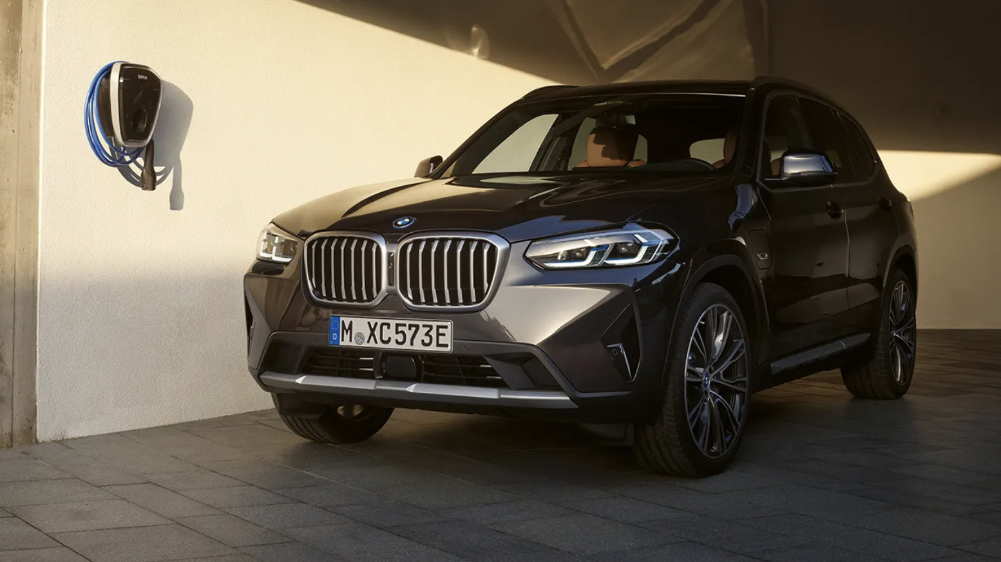
For those with home solar, the potential to have free, green energy for all your daily drives makes a PHEV very appealing indeed.
Ever more buyers are flirting with the idea of moving into a full electric car, too, and BMW has you well covered with seven in its current line up. But while pure electric vehicles are the perfect choice for many, they’re not the ideal option for everyone. At least, not yet.
For starters, not all car owners could charge an electric car’s batteries at home – those who street park or live-in apartment blocks for example. And while Australia’s charging infrastructure is improving all the time, an EV owner may not have close access to a public fast charger.
Another plus for PHEVs is that they are typically cheaper than BEV equivalents: batteries are expensive and a pure electric car needs a large one to deliver solid range. A PHEV’s smaller battery pack adds a lot less to the cost of a vehicle.
And a PHEV still offers the positives of a BEV. You get that warm feeling knowing you’re not polluting the atmosphere, while you enjoy the zippy, instant torque of an electric motor shifting you in near silence.
While PHEVs normally do a good job of automatically using the electric motor, petrol engine or a combination of the two at any given time, the driver also gets the power of choice.
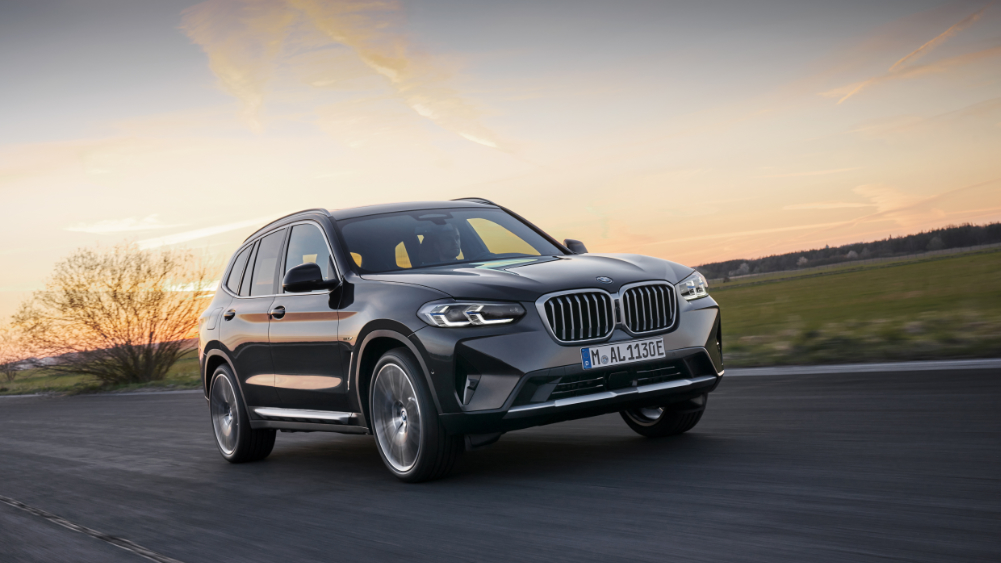
Should your journey begin on a free-flowing stretch of road but you know you’ll be driving in traffic later on, you can press a button to save all your battery charge for later when it’ll be most beneficial. Similarly, you can charge the electric batteries using the petrol engine at any time you wish.
For all a PHEV’s positives, and there are many, they also might not be suitable for everyone. If a PHEV isn’t used to its best potential – that is, lots of short electric-only journeys – and you have easy access to charging infrastructure, then you might be better suited to a full electric car.
You also must accept you’re using battery power and an electric motor, and the former will require regular servicing – which is a costlier process than servicing a relatively simple electric motor. An EV doesn’t need the likes of oil changes, new spark plugs or timing belts, and brakes should last longer thanks to an EV’s regenerative braking.
Which takes us back to the luxury of choice. If you keep a log of your average driving over a few weeks it’s pretty clear to see which drivetrain is best suited to you.
Should you find a PHEV fits, one can work wonders. Silently crossing city traffic with no toxins from your exhaust as you happily ignore prices at service stations. Then when it’s time for a weekend away or that long work trip between cities there’s no need to worry where electric charge points are en route, or if they’ll be available. No anxiety here, the petrol engine has your back.
As we consumers navigate the biggest automotive transition in over a century, it’s reassuring to know PHEVs are here as a happy middle ground between the past and future. Electric when you can, petrol when you need it.
For many, that’s today’s absolute ideal.

